The Paleo diet is a way of eating that helps prevent modern lifestyle diseases, i.e., our ancestors did not suffer from. In short, the Paleo diet focuses on eating what people of that time managed to obtain, for example, through hunting, fishing, or gathering. At that time, the lifestyle was nomadic, so there was no access to grain or dairy products.
Some experts believe that we are genetically predisposed to follow a paleo diet. However, this way of eating is a poor diet, not containing the fundamental products that we are accustomed to and are now difficult to live without (such as dairy products or bread). Of course, nowadays, it is challenging to rely only on what our ancestors managed to acquire, given the access to the wide range of products available.
Analyzing the dietary trends of recent years, we can see that the Paleo diet![]() (also called the Paleolithic diet, the caveman diet, the stone diet, or the hunters' diet) is becoming increasingly popular. As the name suggests, this eating model is a kind of return to the eating habits of our ancestors in the Paleolithic period. However, it is worth noting that the modern Paleo diet has been slightly modified and thus adapted to modern realities.
(also called the Paleolithic diet, the caveman diet, the stone diet, or the hunters' diet) is becoming increasingly popular. As the name suggests, this eating model is a kind of return to the eating habits of our ancestors in the Paleolithic period. However, it is worth noting that the modern Paleo diet has been slightly modified and thus adapted to modern realities.
Undoubtedly, this popular eating model was inspired mainly by the lifestyle of hunters and gatherers. Therefore, it excludes all products to which humans had access after the development of agriculture. According to historians, the diet in the Paleolithic period was rich in essential nutrients and energy. Thanks to this, it perfectly nourished the people of that time who spent long months wandering. Data indicate that the Paleo diet should be based mainly on meat and plant products. Therefore, it has a low carbohydrate content.
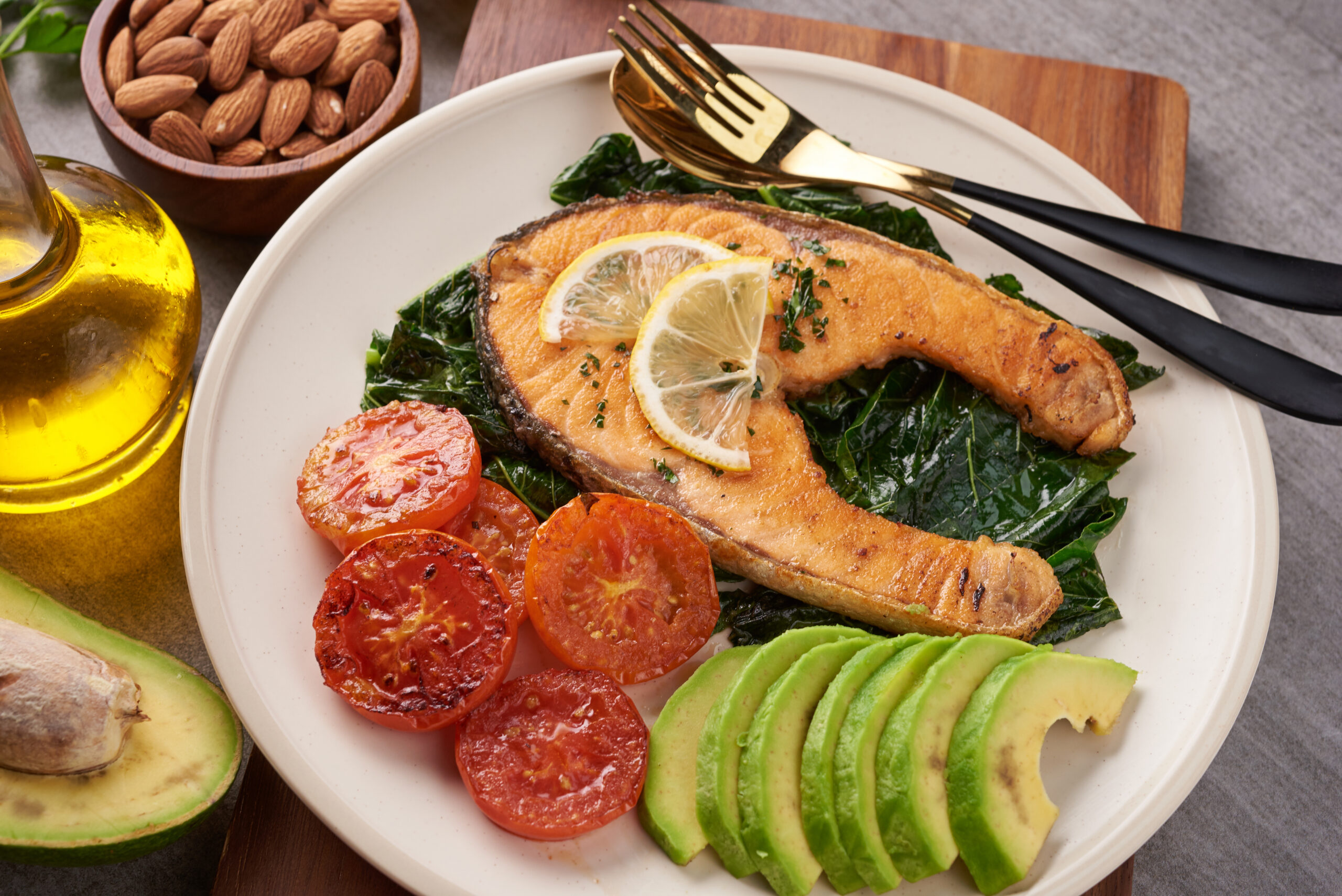
The Paleo diet was designed to nourish warriors, gatherers, and travelers. For this reason, it consisted mainly of high-energy meat and plant products, with a small supply of carbohydrates. This way of eating allows for concentrated energy without causing constant insulin fluctuations, which are responsible for developing many lifestyle diseases.
What constitutes a significant difference in modern dietary models is that the feeding model of the Paleolithic inhabitants was in no way based on grain, dairy products, and products subjected to processing processes.
Taking a look at the theoretical foundations of the Paleo diet, we can conclude that it is based on the statement that we are, as it were, genetically adapted to the eating model from the described era. However, our digestive tract has not evolved in such a significant way to skillfully cope with the diet that was born with the development of agriculture. Additionally, supporters of this nutritional model believe that with the agricultural revolution and the large-scale food production by humans, we began to eat excessive amounts of food, which favors the development of lifestyle diseases.
Being on a paleo diet, we can eat everything that our ancestors were able to catch, hunt, or gather. We are talking about products![]() such as:
such as:
Therefore, it was a low-carbohydrate diet![]() but rich in protein
but rich in protein![]() products of animal origin. Consequently, this diet may not be appropriate for vegetarians or vegans.
products of animal origin. Consequently, this diet may not be appropriate for vegetarians or vegans.
Obtain products in the paleo diet in the most natural way possible: meat from a known, proven source or fruit and vegetables from organic farming. It is worth enriching the paleo diet with healthy fats such as coconut, linseed, olive, cold-pressed nut, seed oils, and butter. Reach for water (you can squeeze lemon juice), green tea, coconut water, and herbal infusions.
Products restricted![]() in the Paleo diet are those our Paleolithic ancestors could not access. For this reason, cereal products, dairy products, legumes, and starchy vegetables (e.g., potatoes, pumpkins, or sweet potatoes) are not recommended. There is also no place on the menu for processed food (including fast food and popular ready-made meals), refined sugars, and all their derivatives. Interestingly, the method of preparing food is also significant. The dish should be subjected to short-term heat treatment (steaming is sufficient).
in the Paleo diet are those our Paleolithic ancestors could not access. For this reason, cereal products, dairy products, legumes, and starchy vegetables (e.g., potatoes, pumpkins, or sweet potatoes) are not recommended. There is also no place on the menu for processed food (including fast food and popular ready-made meals), refined sugars, and all their derivatives. Interestingly, the method of preparing food is also significant. The dish should be subjected to short-term heat treatment (steaming is sufficient).
The increasing number of people struggling with lifestyle diseases increasingly forces us to reflect on the quality of modern nutrition. That is why there is so much talk about introducing healthy eating recommendations into everyday life. Moreover, we are increasingly looking for alternative ways of eating that will improve our health. One such method is the Paleo diet, which, in its assumptions, returns to the eating model of our ancestors from the Paleolithic period.
Unlike many other short-term diets, the Paleo diet is well-balanced and provides access to essential nutrients. It allows you to maintain a balance between plant and animal food and between the proportions of protein and fat. This way of eating leads to the gradual loss of unnecessary kilograms and improves your health at the same time.

Following a paleo diet may have a positive effect on your immunity. Opinions of people using it indicate its advantages:
The paleo diet can be effective in relieving many ailments. For example, there is a relationship between the paleo diet and diabetes. Many researchers demonstrate progress in glucose tolerance and insulin sensitivity in individuals with type 2 diabetes![]() , as well as in overweight people.
, as well as in overweight people.
A significant reduction in blood pressure – diastolic and systolic – was observed in hypertensive patients on a paleo diet. According to analysts, the proportion between the potassium and sodium in the diet is essential here.
There are also indications suggested by some specialists mentioned above that the diet may have a beneficial effect on:
The paleo diet is recommended for Hashimoto's disease![]() because it can slow down the progression of the disease. However, you need to make some changes to the standard Paleo diet. The variety of paleo diets then used is the so-called autoimmune protocol. The traditional Paleo diet also bans eggs, seeds, nuts, and nightshade vegetables. You also cannot use over-the-counter non-steroidal anti-inflammatory drugs. After removing them, the emphasis is on replacing them with others, e.g., fish, bone broth, healthy free-range meat, or offal. The effect of this diet is justified by the fact that this type of nutrition is supposed to cure dysbiosis, i.e., imbalance of intestinal flora, as well as intestinal leakage.
because it can slow down the progression of the disease. However, you need to make some changes to the standard Paleo diet. The variety of paleo diets then used is the so-called autoimmune protocol. The traditional Paleo diet also bans eggs, seeds, nuts, and nightshade vegetables. You also cannot use over-the-counter non-steroidal anti-inflammatory drugs. After removing them, the emphasis is on replacing them with others, e.g., fish, bone broth, healthy free-range meat, or offal. The effect of this diet is justified by the fact that this type of nutrition is supposed to cure dysbiosis, i.e., imbalance of intestinal flora, as well as intestinal leakage.
However, there are situations when this type of nutrition should not be used. A paleo diet during pregnancy![]() may carry risks for mother and baby. It is also not recommended for older people or people with kidney or liver diseases. It is also worth noting here that the Paleo diet model was not created to lose weight but rather to prevent the development of obesity.
may carry risks for mother and baby. It is also not recommended for older people or people with kidney or liver diseases. It is also worth noting here that the Paleo diet model was not created to lose weight but rather to prevent the development of obesity.
Although this diet has many advantages, it should be remembered that it is deficient, excluding two critical food groups. Therefore, it is not intended for everyone and should not be introduced into everyday life without consulting a specialist.
However, like other dietary models, the Paleolithic diet has drawbacks. First, it may be challenging to follow the rules of this eating model at first. People who are just starting the Paleo diet may find it demanding to eliminate grains and dairy products. For this reason, it is worth giving yourself time and introducing changes gradually. Then, it will be much easier.
It is not a good resolution for people who don't feel comfortable in the kitchen. The inability to eat ready-made and highly processed products forces us to be creative and develop new recipes, which is often time-consuming. Fortunately, the Internet comes to the rescue, where you can easily find hundreds of inspirations.
Eliminating many food groups can reduce dietary diversity and a lack of delivery of some necessary nutrients![]() . For this reason, if we follow the Paleo diet for a long time, we may be exposed to such ailments as:
. For this reason, if we follow the Paleo diet for a long time, we may be exposed to such ailments as:
The high content of red meat, and therefore saturated fat, may burden the liver. After long-term use of the paleo diet, we may also provide our body with too little calcium due to the lack of dairy products, and its chronic deficiency may even lead to osteoporosis![]() . Additionally, incorrectly composed meals may result in too high concentrations of oxalates or purine compounds in the body. The former burdens the kidneys, and the latter may cause the appearance of gout.
. Additionally, incorrectly composed meals may result in too high concentrations of oxalates or purine compounds in the body. The former burdens the kidneys, and the latter may cause the appearance of gout.
It's also hard not to notice that the paleo diet is difficult to digest. Large amounts of red meat and fat make it not a good option for people suffering from gastrointestinal problems.
The current nutritional value of food is significantly different from those eaten several dozen thousand years ago. Modernly bred vegetables and fruits may contain fewer vitamins and minerals than wild varieties.
Today's animal breeding methods differ significantly from those of thousands of years ago. Animals are often fed with feed and raised in conditions that do not always correspond to their natural environment, affecting the meat's quality. Moreover, antibiotics and growth hormones are often used in animal breeding. These substances can enter the human body along with consumed meat and lead to deterioration of health, especially in the long term.
Remember that the living conditions of early man have changed, and we now live much longer than our ancestors. Moreover, we also face other challenges. For example, focusing on meat consumption may hurt the environment in terms of greenhouse gas emissions and water use associated with meat production.
Proponents of the paleo diet claim that it should not just be a diet but an ideology about a way of life. Consult a dietitian or doctor for advice before you decide to go on this diet. Following this diet on your own, without talking to a specialist, increases the risk of developing various diseases related to deficiencies of micro and macro elements necessary for the proper functioning of the body.
Although composing meals on a paleo diet may initially seem complicated, it is not difficult. First, it is worth remembering a few simple rules.
It is worth ensuring that each meal is as complete and nutritious as possible, i.e., it contains animal proteins, unsaturated fats, vegetables, and fruits. Let's try to choose natural products without artificial substances. It will not always be possible, and their price will be higher than traditional products. Still, food marked as BIO compensates for this with higher nutritional values, fewer pollutants, antibiotics, and preservatives.

It is worth remembering that the Paleolithic diet, like any other dietary system, comes in more and less radical versions. Of course, none of the versions permit fast food or sweets, but some versions allow the introduction of certain products into the diet, e.g., potatoes.
If you are starting your adventure with the nutrition of our ancestors, develop several sample menus (with varying degrees of restrictiveness) and use them on a rotation basis, depending on individual taste preferences and caloric needs (including health status or season). Observe your body's reactions and find the best solution for you.
Also, remember to consult a specialist who will help you in your adventure with changing your diet. Do this especially if:
To plan a menu considering the principles of the paleo diet, first of all, remembering the recommended products and those that should not be on your plate is worth remembering. Let's try to compose meals balanced, including protein, healthy fats, and vegetables. Thanks to this, we will provide our bodies with all the necessary nutrients. Here is a sample menu for one day.
You will need:
Prepare the tomatoes: blanch, peel, cut into quarters, remove the stems, cut the flesh into cubes. Put butter or olive oil and grated garlic into a small frying pan and fry for a while.
Place the tomatoes in the pan and season with salt, pepper, and spices. Mix and fry intensively over higher heat for about 5 minutes without stirring (then the tomatoes will evaporate and retain their structure). Add eggs to the fried tomatoes and season with salt. Cover and cook for about 4 minutes or until the egg whites are set. Serve with fresh basil and baguette.
We recommend using the following ingredients:
Pour coconut water or milk into the blender container. Add the peeled banana, cocoa, and dates (check if they have no seeds). Blend until smooth.
Add to your shopping list the following products:
Heat the olive oil in a larger frying pan or pot, add the diced onion, and fry it, stirring occasionally. At the end, add pressed or grated garlic. Add diced pepper and stir-fry for 3 minutes.
Add diced chicken breast and fry it on all sides. In the meantime, season with salt and pepper and add butter, dried oregano, and paprika powder. Pour in the broth. After a while, add tomato puree/passata and tomato paste. Mix and bring to a boil. Season if necessary. Cook for approximately 5 minutes.
Table of Contents
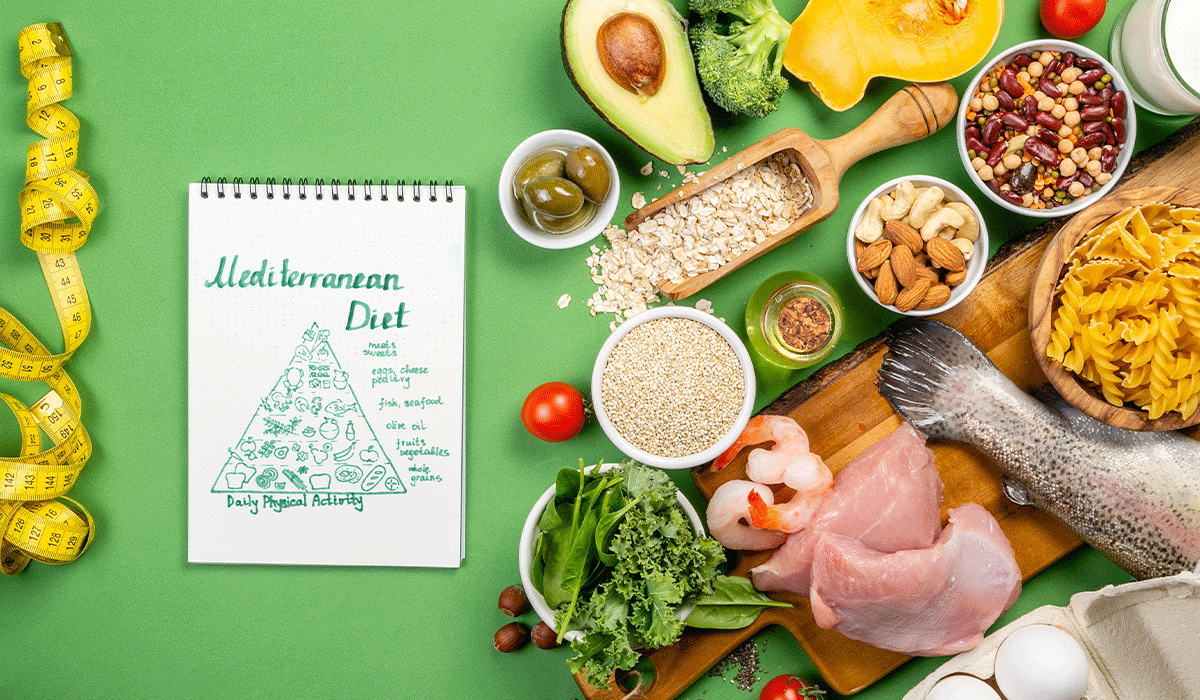
The Mediterranean diet is a popular way of eating that has many health benefits. See how to improve your eating… read more »

Did you know that intermittent fasting is a safe and effective way to lose weight? Learn the principles of intermittent… read more »
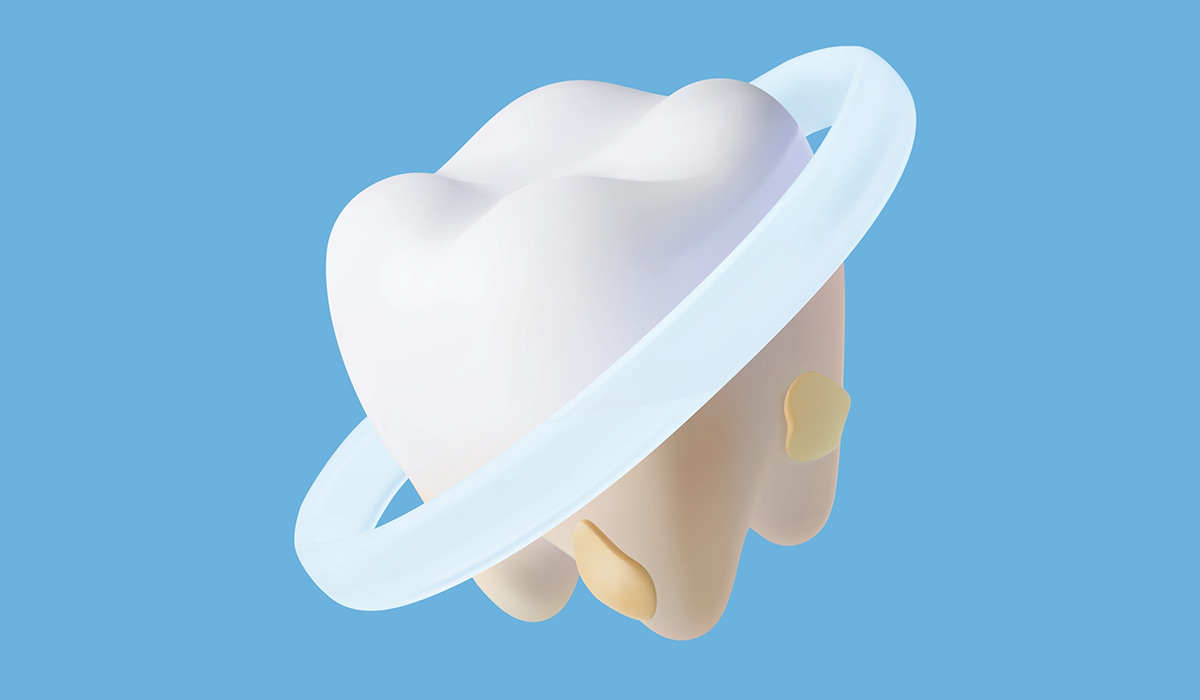
Teeth whitening is a cosmetic dental procedure that aims to lighten the color of teeth, removing stains and discoloration. read more »
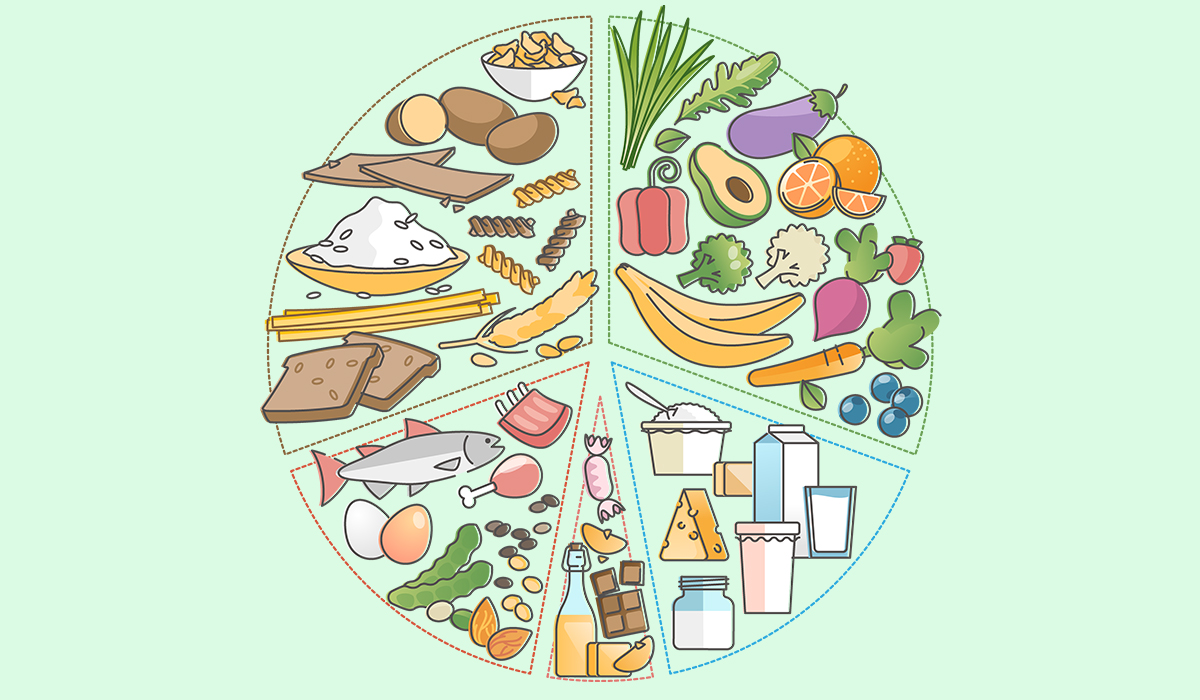
The DASH diet is a diet ideal for improving hypertension. In addition, it also has many other benefits. Learn about… read more »

Vegan food comes in many different forms and types. With new products, a vegan diet can be more varied. Learn… read more »

The GOLO diet is designed to stimulate metabolism, increase energy levels and fat loss. How it's working? What should you… read more »
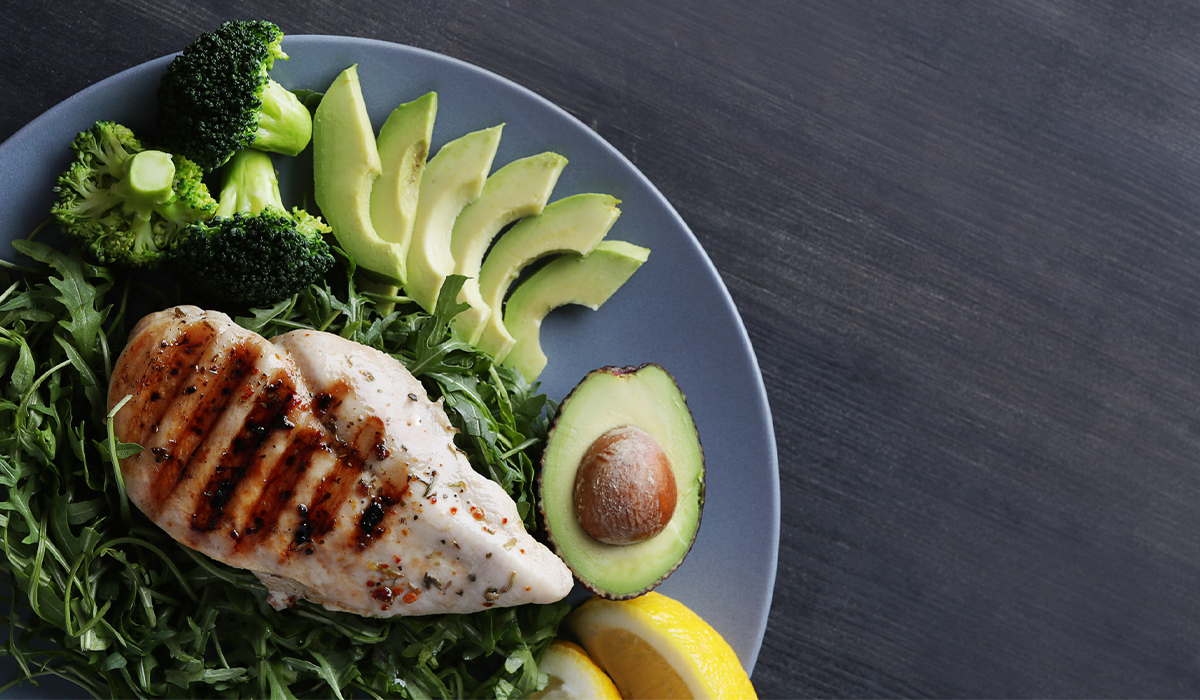
The Dukan Diet is high-protein and consists of four stages. What is it about? What are the health benefits? Can… read more »
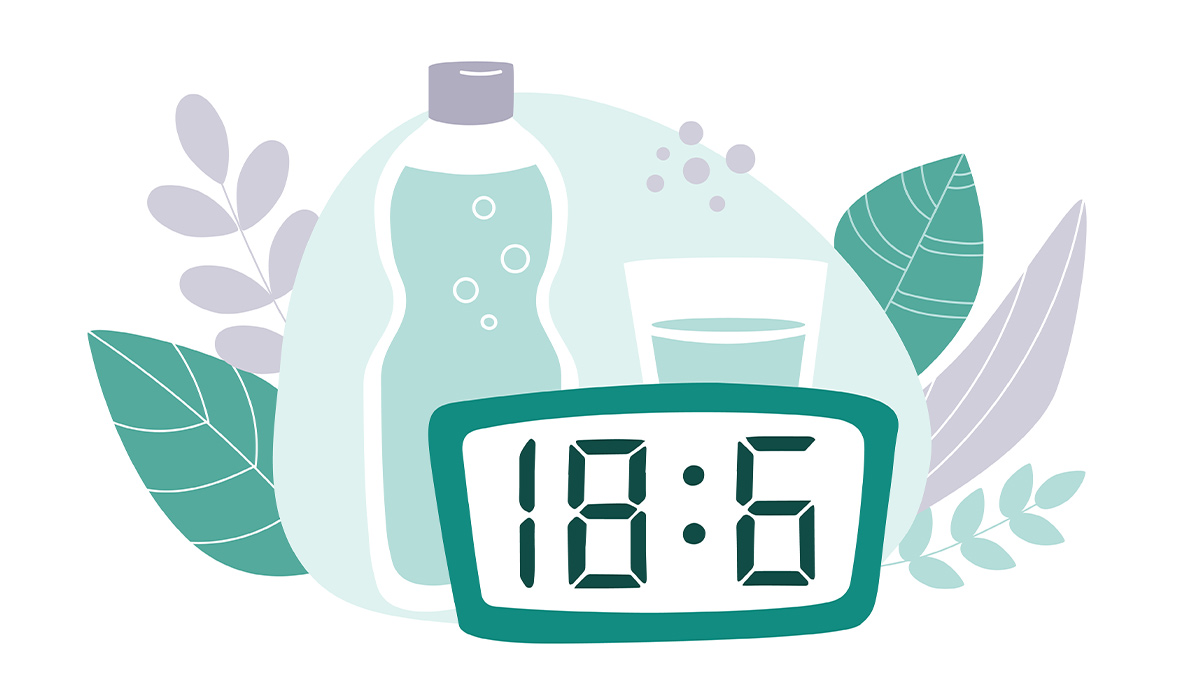
Intermittent fasting is a form of fasting that involves skipping meals for a set period of time. In this article… read more »
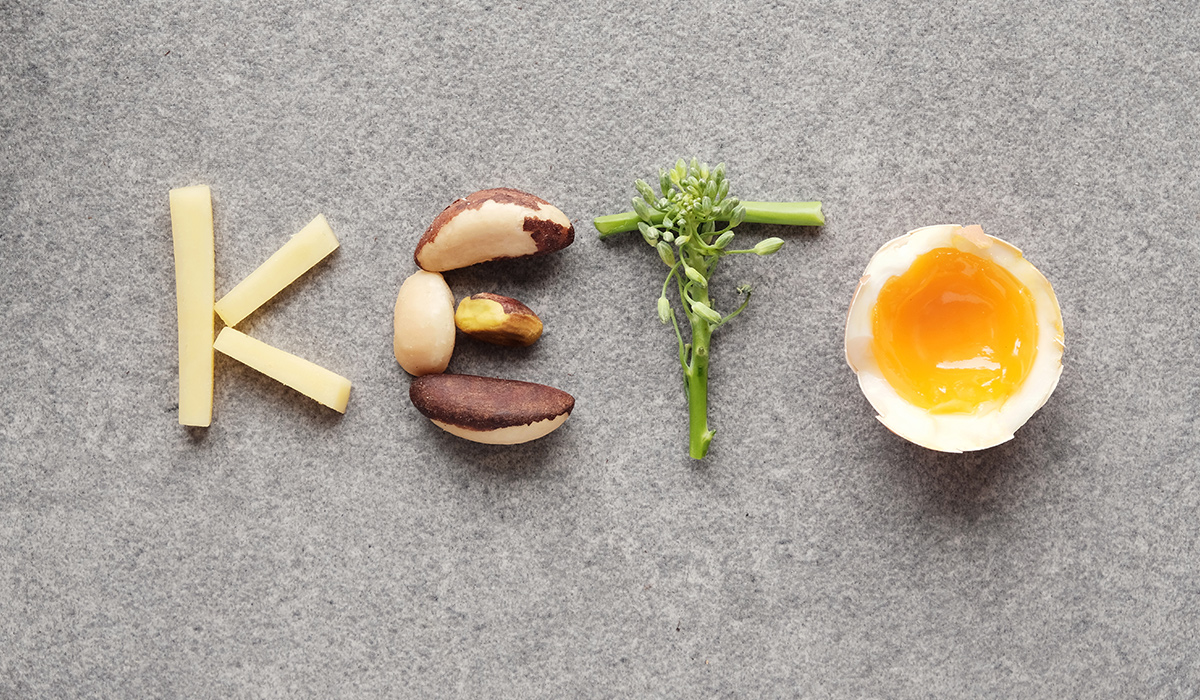
The ketogenic diet is based on the effects of ketosis, making it a great way to lose weight. See what… read more »